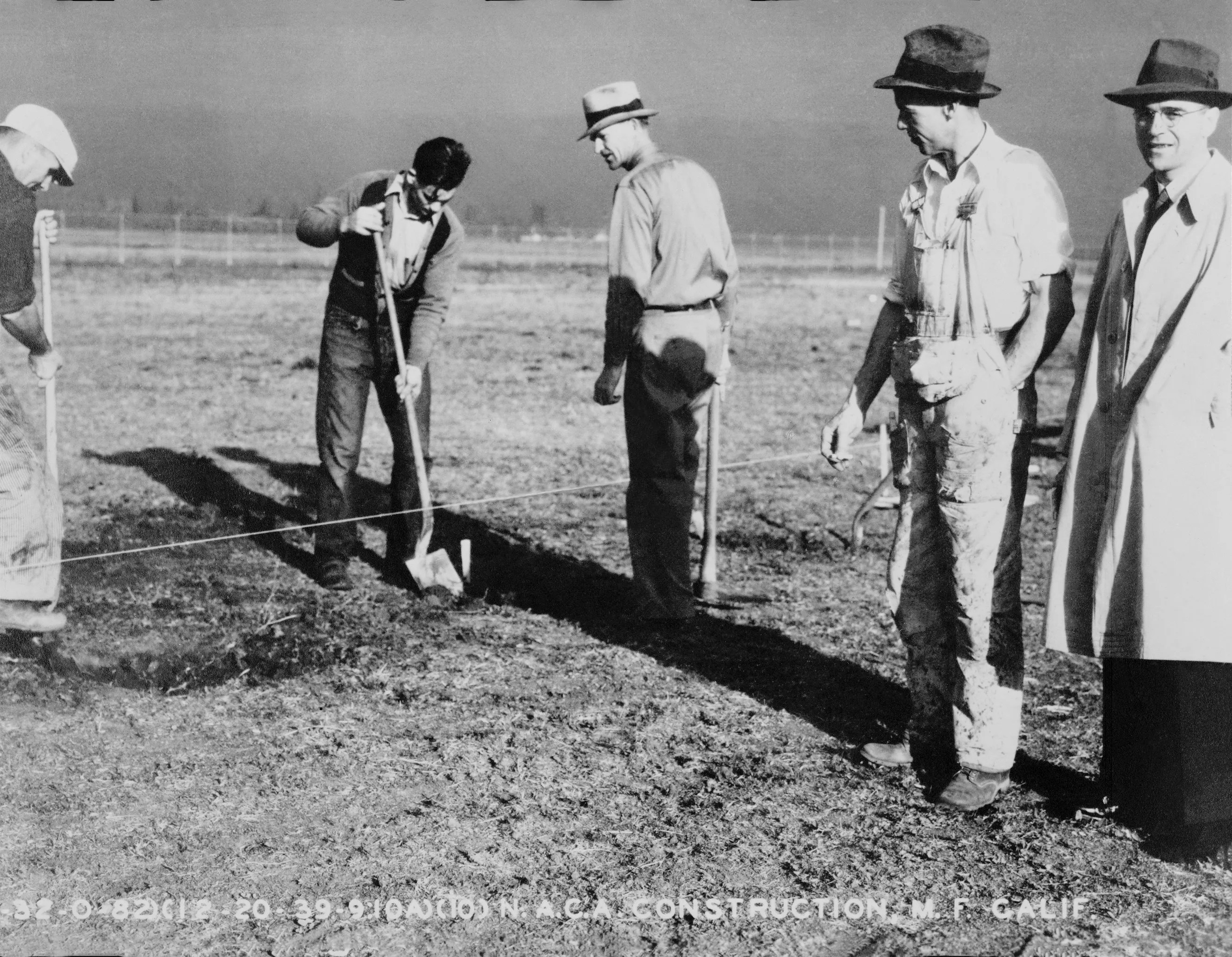Nasa
4d
374

Image Credit: Nasa
NASA Ames Astrogram – December 2024
- NASA's Ames Research Center in Silicon Valley highlighted its 2024 achievements including Ames Arc Jet's role in Artemis I Orion spacecraft heat shield findings and Starling Swarm's completion of its primary mission objectives while demonstrating significant achievement in swarm configurations. The fuel saving tool developed by Ames assisted in reducing commercial flight delays and promoting important discoveries such as exploring different features of Mars and the Moon. Ames also collaborated with UC Berkeley to exchange on their areas of technical expertise including helping to develop a precedent-setting air traffic management concept that could allow aircraft to safely operate at higher altitudes.
- NASA's BioNutrients entered its fifth year documenting how microorganisms can produce on-demand nutrients in space missions. Advanced Composite Solar Sail System represented the future of solar sailing, while new Tactic Radio and Tactical Overwatch technology used high-altitude balloons for real-time communication among firefighters fighting wildland fires.
- Earlier in the year, NASA announced David Salvagnini as its first-ever chief artificial intelligence officer. CAPSTONE continued to fly in a cis-lunar near rectilinear halo orbit, paving the way for future spacecraft and Gateway, a Moon-orbiting outpost part of NASA's Artemis campaign, as the team continues to collect data. The mission team continues to work towards launching HelioSwarm's swarm of nine spacecraft to help protect astronauts, satellites, and communications signals including GPS, offering deeper insights into our universe.
- A fully reimagined NASA Ames Visitor Center at Chabot Space & Science Center in Oakland, California included a fully interactive exhibit that puts visitors in the shoes of a NASA Ames scientist. The NASA Ames Research Center also celebrated its 85 years of innovations, highlighting its commitment to 'an atmosphere of freedom of thought and put them into practice for the benefit of all'. The Astrogram Newsletter, which began publishing in October 1958, has officially come to an end.
- NASA researchers used a series of supercomputer simulations to reveal a potential new explanation for how the moons of Mars may have formed. Ed Balaban, a researcher at Ames specializing in artificial intelligence, robotics, and advanced mission concepts, talked about his career at Ames and his work on various projects including experimenting with different ways to create super-sized space telescopes in space.
- Ames and the University of California, Berkeley, expanded their partnership, organizing workshops to develop ideas for the Berkeley Space Center. NASA also hosted supercomputing resources for UC Berkeley and continued to develop airspace management technologies to enable remotely-piloted aircraft to fight and monitor wildland fires 24 hours per day.
- Ames researchers also studied Earth’s oceans and waterways from multiple angles, supported NASA's Plankton, Aerosol, Cloud, ocean Ecosystem mission and also partnered with other stakeholders to join satellite measurements of Earth with animal tracking data which helped inform ecosystem management. Ames was also proud to have contributed to BioSentinel project – a small satellite orbiting our Sun, more than 30 million miles from Earth, that continues to collect valuable information to understand how solar radiation storms move through space.
- The Astrogram, which began in October 1958, has officially come to an end. For 66 years, The Astrogram documented hundreds of missions led by Ames Research Center, including the safe return of spacecraft through Earth’s atmosphere, the progression of Hangar One’s reclamation, space shuttle launches, and countless VIP visits.
- NASA moves drone package closer to reality as the agency's uncrewed aircraft system traffic management concepts were instrumental in newly-approved package delivery drone flights in the Dallas area. The Aerostar Thunderhead balloon also carried the STRATO payload into the sky to reach the stratosphere for flight testing as part of the Advanced Capabilities for Emergency Response Operations project ensuring communication technology improvements for wildland firefighting activities.
- Lastly, Joseph Sweetman Ames laid out his hopes for his graduates that they have learned, or are learning, a love of freedom of thought and are convinced that life is worthwhile in such an atmosphere - a sentiment that has guided the decades of innovation, research and breakthroughs that enabled humanity’s first steps on the Moon.
Read Full Article
22 Likes
For uninterrupted reading, download the app